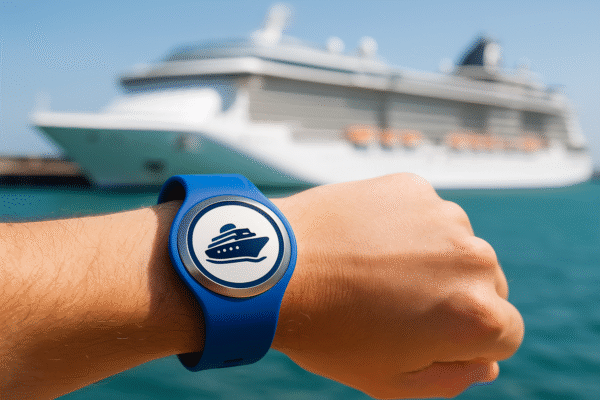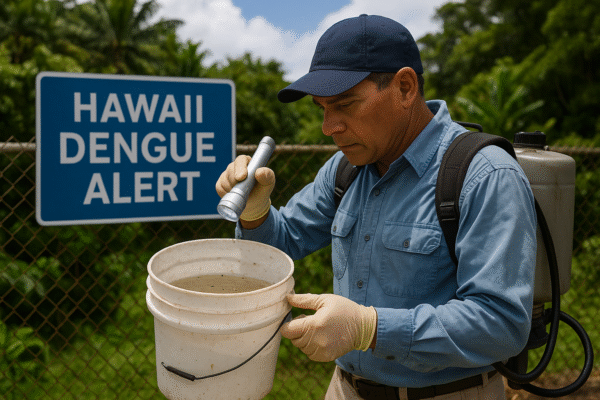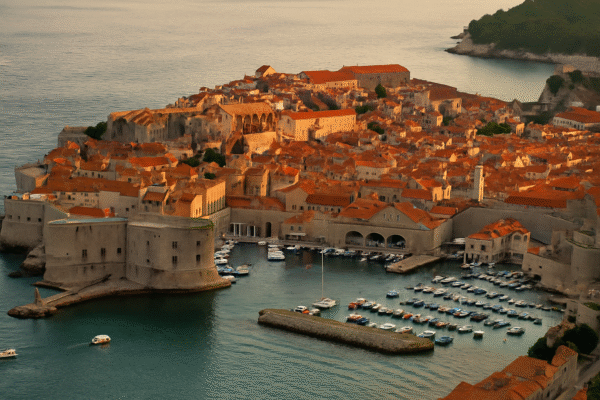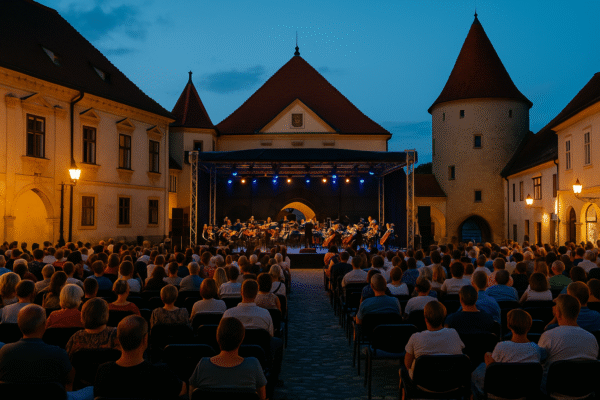When travelers think of Sweden, their minds often drift to Stockholm’s royal palaces, the frozen beauty of Lapland, or the dramatic cliffs of Gotland. But just beyond the capital, along the mainland coast, lies a collection of charming seaside towns that offer the tranquility and cultural richness of island life—without the long ferry rides.
These coastal gems, such as Nynäshamn, are emerging as top destinations for eco-conscious travelers seeking a slower pace, authentic cultural encounters, and a direct connection to Sweden’s natural beauty. Located just an hour south of Stockholm, these towns blend seaside serenity with the convenience of easy mainland access.
A New Chapter in Swedish Tourism
According to Visit Sweden, international tourism to the country has been shifting toward “nature-first” experiences. Post-pandemic travel trends reveal a surge in demand for sustainable, community-based tourism, with visitors seeking smaller, less crowded destinations that still offer high-quality experiences.
In this context, Sweden’s coastal mainland areas are flourishing. By offering a slice of island life on the mainland, destinations like Nynäshamn are attracting both international visitors and Stockholm locals looking for a weekend retreat.
Sustainability at the Core
Sweden is a global leader in sustainable tourism, and its coastal towns are no exception. Many local hotels are powered by renewable energy, built using eco-friendly materials, and committed to zero-waste policies.
The Nynäshamn Municipality Tourism Board has implemented initiatives such as electric bike rentals, solar-powered visitor centers, and locally sourced food programs. These practices not only protect the surrounding marine environment but also align with Sweden’s national goal to become carbon neutral by 2045.
The Swedish Environmental Protection Agency (Naturvårdsverket) has also been working with local businesses to maintain coastal biodiversity, ensuring that tourism growth doesn’t compromise the fragile marine ecosystems of the Baltic Sea.
Authentic Cultural Encounters
What sets these destinations apart is the chance to immerse yourself in authentic Swedish coastal culture. Visitors can stroll through harbors where fishing boats unload their daily catch, explore ancient churches dating back to the 12th century, or take part in Midsummer celebrations—one of Sweden’s most beloved traditions.
In towns like Nynäshamn, cultural centers showcase local crafts, including knyppling (lace-making) and slöjd (traditional woodworking). Farmers’ markets sell everything from fresh berries to handmade wool products, while waterfront cafés serve fika (coffee and pastries) with unbeatable sea views.
Seafood That Tells a Story
Proximity to the Baltic Sea means seafood lovers are in for a treat. Local restaurants serve freshly caught herring, gravlax (cured salmon), and räksmörgås (shrimp sandwiches) prepared with the day’s catch.
The region also promotes sustainable fishing practices, ensuring that stocks remain healthy for future generations. Visitors can join fishing tours, learn about the lifecycle of Baltic herring, or even participate in cooking classes that highlight traditional Swedish recipes with a modern twist.
Family-Friendly Adventures
One of the biggest advantages of these coastal destinations is accessibility. Unlike remote Swedish islands that require lengthy ferry rides, Nynäshamn and surrounding towns are connected to Stockholm by direct trains, buses, and roads.
Families can enjoy a wide range of activities, from kayaking and coastal cycling routes to visiting petting farms where goats, sheep, and rabbits delight younger travelers. Sandy beaches and shallow swimming areas make it safe for children, while hiking trails offer panoramic views for more adventurous visitors.
Outdoor Recreation All Year Round
These mainland coastal areas are not just summer destinations. In autumn, the coastline glows with golden leaves, making it perfect for hiking and photography. Winter brings opportunities for ice fishing and cozy evenings in seaside cabins, while spring’s wildflowers and bird migrations attract nature lovers from across Europe.
Thanks to Sweden’s Right of Public Access (Allemansrätten), visitors can roam freely in nature, enjoying picnics, berry-picking, or simply soaking in the calm of the Baltic shore.
Future Growth: Balancing Tourism and Preservation
Tourism experts predict continued growth in Sweden’s coastal mainland destinations as more travelers discover the combination of cultural richness, sustainability, and accessibility. However, maintaining this balance will be key.
The Swedish Agency for Economic and Regional Growth is investing in infrastructure that supports low-impact tourism, such as improved public transport, waste reduction systems, and educational programs for visitors on responsible travel practices.
By engaging local communities in tourism planning, these destinations aim to ensure that growth benefits residents while preserving the charm and natural beauty that make them special.
Why You Should Visit
Whether you’re seeking a quiet getaway, a family-friendly adventure, or a deep dive into authentic Swedish culture, the coastal mainland towns near Stockholm offer an ideal escape. They combine the slow rhythms of island life with the convenience of mainland travel—making them a perfect alternative to crowded city tours or remote island expeditions.
From savoring fresh seafood on a sunny pier to cycling along the Baltic shoreline, every experience here reflects Sweden’s commitment to sustainability, authenticity, and community.
In Summary
The Swedish coastal regions near Stockholm are redefining what it means to “escape to the islands.” By offering the same charm and culture with easier access, they provide a unique blend of relaxation and exploration. As sustainable travel continues to gain momentum, these destinations are set to become key players in Sweden’s tourism future—inviting the world to experience their natural beauty, cultural heritage, and eco-friendly hospitality.
For more travel news like this, keep reading Global Travel Wire
















